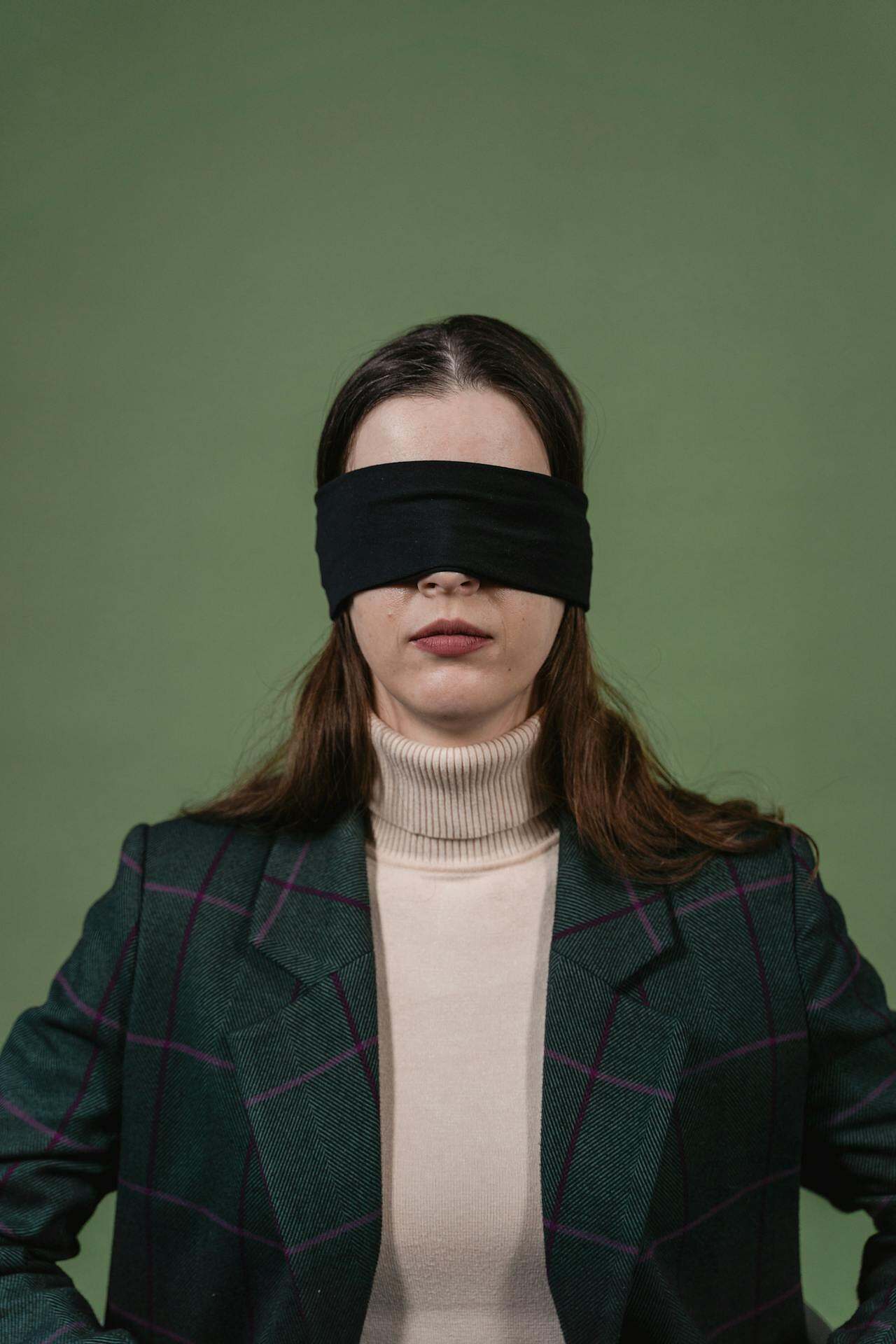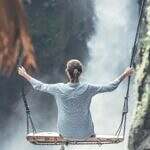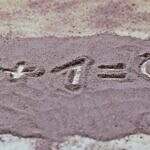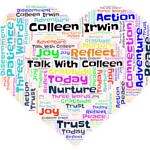Your cart is currently empty!

Beyond Clairvoyance
Remote viewing is one of the most misunderstood terms in the psychic field. Many think it’s the same as clairvoyance, but it’s not. The key difference? Remote viewing must be done blind. This means the viewer has no prior knowledge of what they are reading before they begin.
What is Remote Viewing?
This is a technique where the viewer gathers information about a target without any prior knowledge or cues. This unique approach differentiates it from other psychic practices, particularly clairvoyance. While clairvoyants might have a sense or vision about a person or place, remote viewers operate under strict protocols to ensure they are genuinely reading the target.
The Role of Controlled Remote Viewing (CRV)
Controlled Remote Viewing (CRV) is a structured method developed to refine the process. CRV consists of a step-by-step protocol guiding the viewer into deeper connection with the target. These protocols are designed to eliminate any bias or preconceived notions, ensuring the accuracy of the information gathered.
Remote viewers employ all their senses—sight, sound, touch, smell, and taste—to gather as much detail as possible. This multisensory approach allows them to build a comprehensive picture of the target. Additionally, they tune into their own reactions and the thoughts and feelings of others at the target, adding another layer of depth to their readings.
Historical Background and Key Figures
The term “remote viewing” was coined by physicists Russell Targ and Harold Puthoff, parapsychology researchers at Stanford Research Institute (SRI). They aimed to distinguish it from clairvoyance. The term was first suggested by Ingo Swann in December 1971 during an experiment at the American Society for Psychical Research in New York City.
In the mid-nineteenth century, major scientists began studying psychic phenomena. Early researchers like Michael Faraday, Alfred Russel Wallace, Rufus Osgood Mason, and William Crookes carried out focused experimental tests on individuals thought to be psychically gifted. These early efforts faced skepticism from the scientific community.
In the 1930s, J. B. Rhine expanded the study of paranormal performance to larger populations using standard experimental protocols. Despite reluctance to publicize early work due to fear of criticism from mainstream scientists, Rhine’s efforts laid the groundwork for future research.
Military Applications of Remote Viewing
The practice gained renewed attention in the 1990s with the declassification of documents related to the Stargate Project. This $20 million research program, sponsored by the U.S. government, ran from 1975 to 1995. It aimed to determine potential military applications of psychic phenomena. Despite evaluators concluding that remote viewers consistently failed to produce actionable intelligence, the project underscored the potential value of remote viewing.
Prominent remote viewing participants included Ingo Swann, Pat Price, and Joseph McMoneagle. They were part of the Stargate Project, which explored the use of remote viewing for intelligence gathering. While the results were debated, the existence of such programs highlighted the seriousness with which remote viewing was considered.
The Unique Power of Remote Viewing
This is a fascinating and unique psychic skill. Its strict protocols and the necessity of working blind set it apart from other practices. The use of all senses to gather information and the methodical documentation process make it a powerful tool for uncovering hidden details.
As we continue to explore the potentials of the mind, remote viewing remains a compelling subject. Whether for personal insight or practical applications, it offers a window into the untapped capabilities of human perception. By understanding and respecting the distinct nature of remote viewing, we can better appreciate the depth and breadth of psychic abilities.
Notable Remote Viewers and Critics
Several notable individuals have contributed to this field. Ingo Swann and Pat Price were early pioneers, while Joseph McMoneagle was a key participant in the Stargate Project. Courtney Brown, a political scientist, founded the Farsight Institute to further study the practice.
Critics like David Marks and Uri Geller have also played significant roles. Marks, in particular, found sensory cues and editing in the original transcripts generated by Targ and Puthoff, raising questions about the validity of their findings.
Remote viewing continues to be a topic of interest and debate. Its unique methodology and historical significance make it a valuable area of study within the broader field of psychic phenomena.






